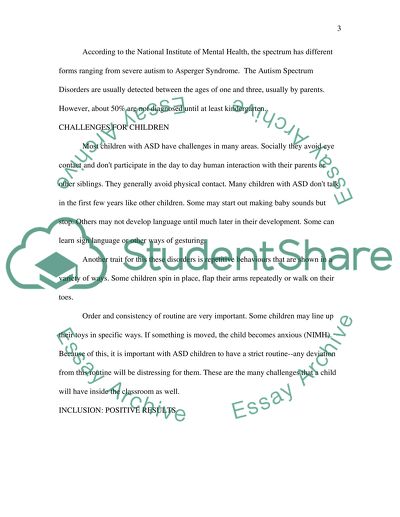Cite this document
(Children with Autistic Spectrum Disorders Essay, n.d.)
Children with Autistic Spectrum Disorders Essay. Retrieved from https://studentshare.org/health-sciences-medicine/1545000-inclusion-and-fairness
Children with Autistic Spectrum Disorders Essay. Retrieved from https://studentshare.org/health-sciences-medicine/1545000-inclusion-and-fairness
(Children With Autistic Spectrum Disorders Essay)
Children With Autistic Spectrum Disorders Essay. https://studentshare.org/health-sciences-medicine/1545000-inclusion-and-fairness.
Children With Autistic Spectrum Disorders Essay. https://studentshare.org/health-sciences-medicine/1545000-inclusion-and-fairness.
“Children With Autistic Spectrum Disorders Essay”. https://studentshare.org/health-sciences-medicine/1545000-inclusion-and-fairness.


